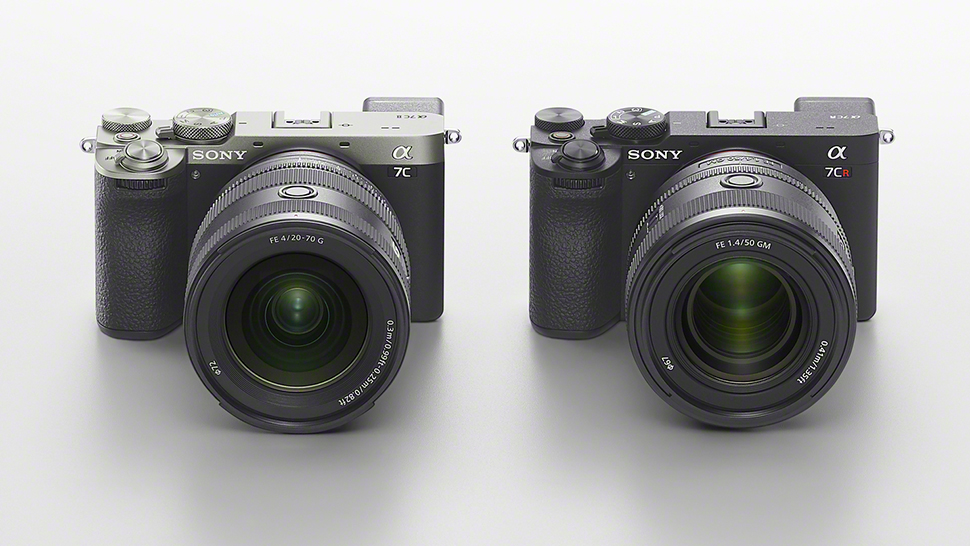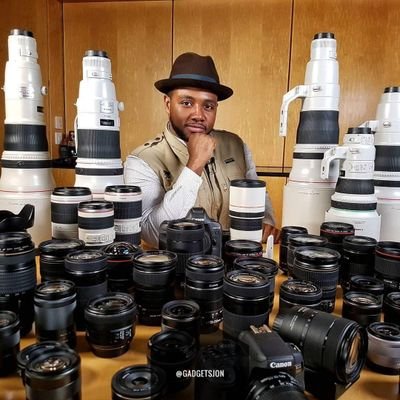
The size and design of camera bodies have traditionally been used to help photographers tell the difference between different classes of camera; that, and often baffling naming conventions. But for the majority of my 20-plus year career in image-making, the big, serious cameras with all of the buttons were strictly for professionals, while the smaller, more approachable camera bodies with simpler functionality were for semi-pros and amateurs.
Things began to shift away from this trend as Micro Four Thirds and mirrorless cameras improved in image quality and features. As they became more advanced, they began attracting the attention of experienced photographers, including professionals. Gradually, higher expectations and demands were being placed on smaller camera bodies, and they subsequently began to grow. I mostly blame Sony for this trend, but Olympus, Panasonic and Fujifilm also played their part as early champions of the mirrorless wave.
The original claim regarding the point of these smaller cameras was that they were easier to carry around than a hefty DSLR (a proper camera), with the requisite smaller sets of lenses to match. But if you’ve picked up a decent mirrorless camera in the past couple of years, you’ll know that’s definitely not true – and hasn’t been for some time.
Now, things seem to be trending in an even more interesting direction. With the lines increasingly blurred between what classes as professional kit and what’s for beginners, companies such as Sony and Panasonic are simply repurposing camera bodies and making marginal tweaks to the exteriors, while upgrading the camera’s insides. With this approach, irrespective of what class of camera you’re aiming for, you’re getting a mix-and-match of features across the board.
I suspect there are different reasons for this development depending on the company, though. Sony seems intent on releasing 10 cameras a year, so effectively, it is sticking its camera feature playlist on shuffle and putting out whatever comes next. Meanwhile, Panasonic seems to have landed on a camera body style it either loves or has built too many of.
Whatever the case, both companies are finding ways to extend the use of the components they make, which is great from a sustainability point of view; it also gives photographers and videographers more options when considering which kit to buy.
The new Sony A7C II is effectively an Alpha A7 IV with improved focusing, but with some compromises, such as losing a card slot and an EVF downgrade, due to the slightly more compact body. The Sony A7C R, on the other hand, shares the body of the A7C II while housing the powerful 61MP sensor of the flagship Sony A7R V.
Get the Digital Camera World Newsletter
The best camera deals, reviews, product advice, and unmissable photography news, direct to your inbox!
Panasonic is also finding clever ways to maximize the molds and frames that were popularized by the Lumix S5 and subsequently, the Lumix S5 II, which received a fractional increase in size, due to the ingenious newly developed EVF hump that houses the fan in the S5 II and the S5 IIX.
Will we see more camera companies deploying this tactic in the coming months as we move into an Olympic year? Yes, we’re looking at you, Canon and Nikon. What do you think of the practice of reusing camera components and body styles for new releases? Do you appreciate it in terms of sustainability? Or are you getting bored?
Read more of Jon Devo's Scanning Ahead blogs
Read more:
Jon is a gadget reviewer, content creator and influencer. He spends his time reviewing products, covering technology news, giving talks on content strategy and creating content in partnership with a wide variety of forward-thinking brands. He also contributes to commercial radio, as well as in national print newspapers and magazines.

